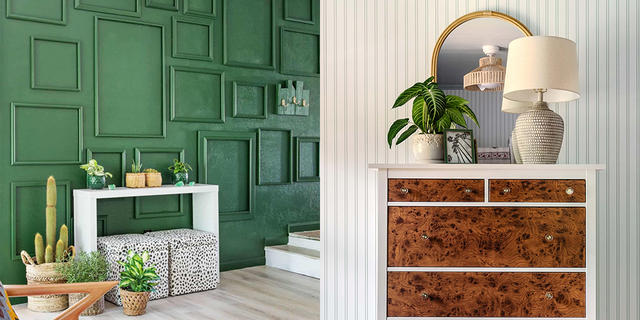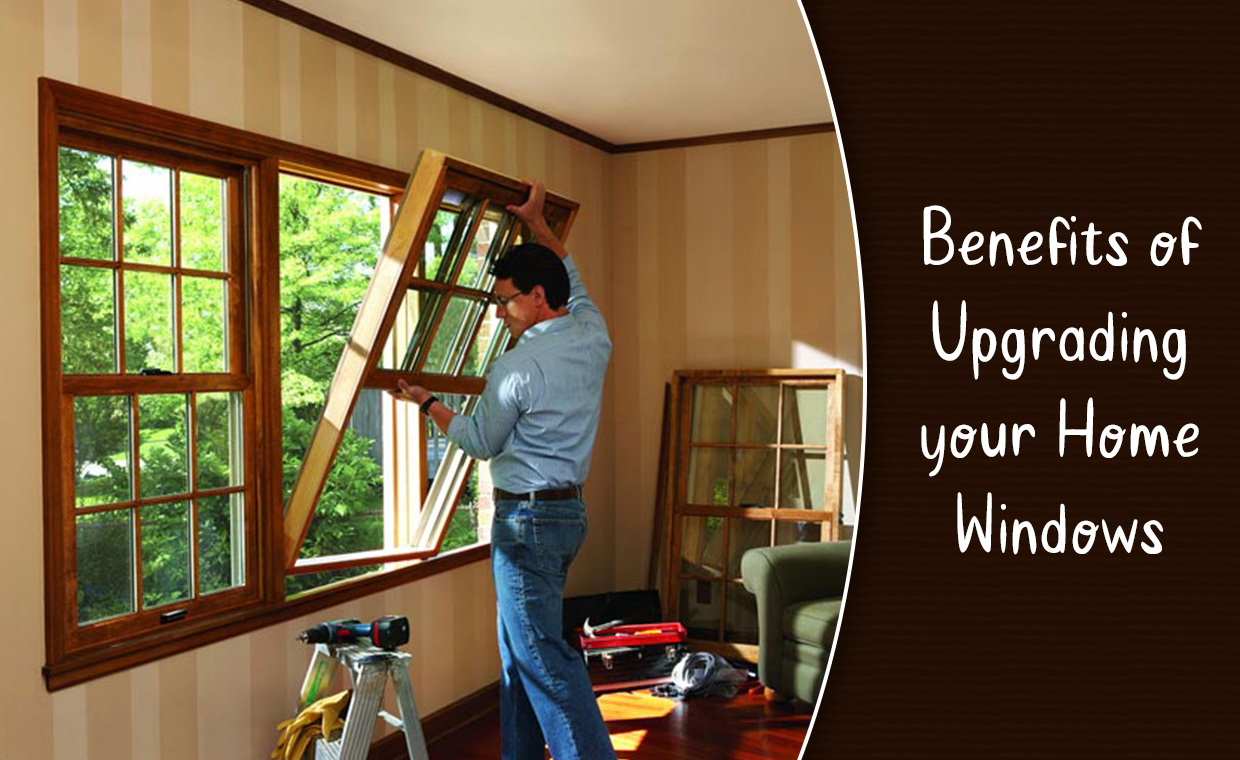Interior design is an exciting and creative field that allows you to express your style and personality through your home decor. While hiring a professional interior designer can be costly, there is an alternative option that can save you money – DIY interior design.
However, DIY interior design can be tricky, especially if you don’t have any prior experience. You need to be careful not to make any design mistakes that could end up costing you more than hiring a professional. In this article, we will share with you the do’s and don’ts of DIY interior design to help you achieve your dream home decor without breaking the bank.
Do: Set a Budget
One of the most important things you need to do before starting any DIY interior design project is to set a budget. It’s easy to get carried away with all the beautiful decor and furniture options, but without a budget, you can quickly overspend and regret your decisions later.
Start by making a list of everything you need to buy for your project, including furniture, decor, and any tools or equipment you may need. Research prices and create a realistic budget that you can stick to. Remember to leave a little extra room in your budget for any unexpected expenses that may arise.
Don’t: Neglect the Importance of Lighting
Lighting is an essential element in any interior design project, yet it’s often overlooked. Proper lighting can create a warm and welcoming atmosphere in your home, while poor lighting can make even the most beautiful decor look dull and uninviting.
When planning your DIY interior design project, consider the natural light sources in your space and how you can enhance them. Additionally, invest in a variety of light fixtures that can create different moods in your home, such as dimmer switches and table lamps.
Do: Consider Functionality
When designing any room in your home, it’s important to consider functionality alongside aesthetics. After all, your home is a space for living, not just for looking pretty.
Before making any design decisions, think about how you will be using the space and what features you need to include to make it as functional as possible. For example, if you’re redesigning your kitchen, think about the appliances you need and where they should be placed for optimal use.
Don’t: Overdo Trends
It’s easy to get caught up in the latest design trends and want to incorporate them into your DIY interior design project. However, it’s important to remember that trends come and go, and what may be popular today may not be tomorrow.
Instead, focus on timeless design elements that will stand the test of time. Incorporate trends in small, subtle ways that can easily be changed if you decide you no longer like them. This will ensure that your DIY interior design project remains stylish and relevant for years to come.
Do: Choose a Focal Point
Every room needs a focal point, a design element that draws the eye and creates visual interest. Without a focal point, your space can look cluttered and disorganized.
When planning your DIY interior design project, choose a focal point for each room. This could be a piece of artwork, a statement piece of furniture, or even a unique architectural feature of your home. Once you have your focal point, design the rest of the room around it to create a cohesive and visually pleasing space.
Don’t: Skimp on Quality
While DIY interior design can save you money, it’s important not to skimp on quality. Investing in high-quality furniture, decor, and materials can ensure that your DIY interior design project looks and feels expensive.
When shopping for your project, look for quality materials and craftsmanship, even if they come with a higher price tag.




